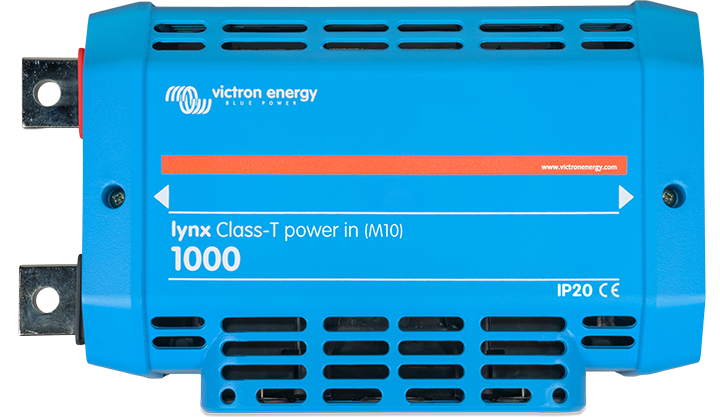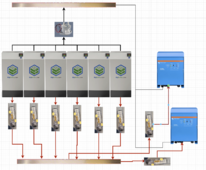Carrquik77
New Member
- Joined
- Oct 2, 2022
- Messages
- 13
I’m building a Victron 24v lithium battery system using 6@202 ah bigbattery .com batteries.
I’m wanting to use the Lynx shunt for this install but not sure about the 6kAIC of a Blue Sea ANL fuse. I plan to use a 600a BS ANL fuse for the Lynx shunt. However, I’m also considering a 600a class t from Bussman. It is rated for AC/DC use with a 50KAC at 500vdc
Surely the buss man would work but is 3x the money of the ANL but is doesn’t fit in the Lynx.
Just looking for some insight
Thanks
I’m wanting to use the Lynx shunt for this install but not sure about the 6kAIC of a Blue Sea ANL fuse. I plan to use a 600a BS ANL fuse for the Lynx shunt. However, I’m also considering a 600a class t from Bussman. It is rated for AC/DC use with a 50KAC at 500vdc
Surely the buss man would work but is 3x the money of the ANL but is doesn’t fit in the Lynx.
Just looking for some insight
Thanks








